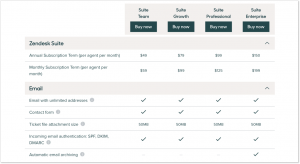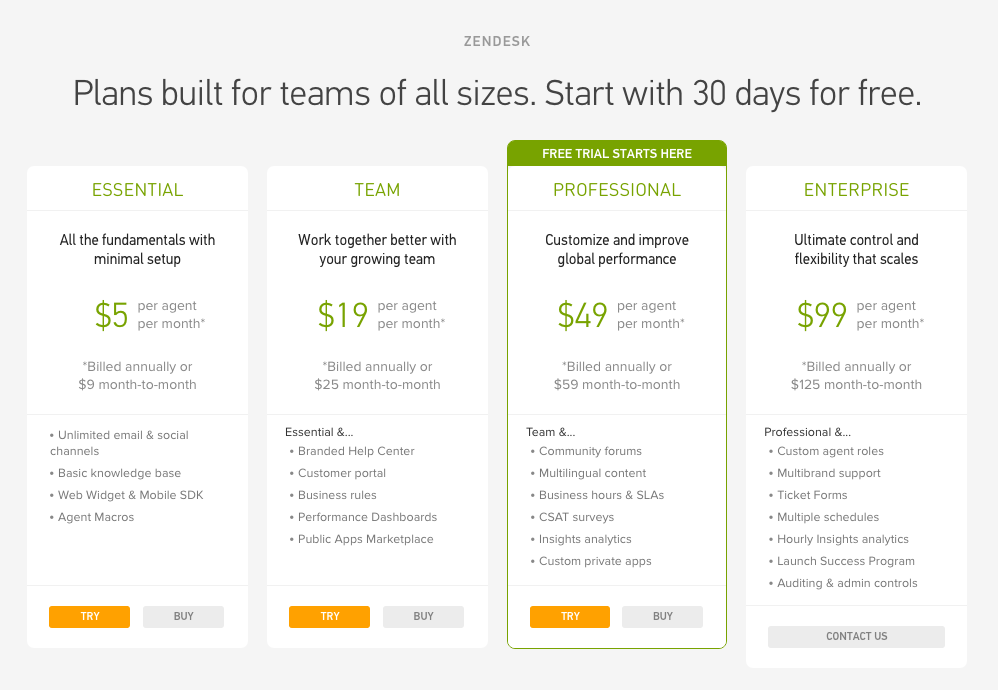

You can set up automated triggers to program the bot to hand the customer off to the best agent for the job. With Zendesk, you can customize the flow of conversation your bot should lead customers through, determining what questions it should ask and what data to collect. Jira does have a chat feature, but agents can only respond via a Slack or Teams connection, and the platform doesn't offer a built-in chatbot. Not only can agents assist customers via chat, but you can also set up a bot to automatically reply to customers to speed up your workflow. While Jira really shows off when it comes to ITSM, Zendesk has more to offer in terms of external customer support. Zendesk is better for external customer support teams

But it certainly isn't built for it, and it's lacking many ITSM-specific features (like asset tracking) that make Jira a better fit for IT teams. Technically, you could use Zendesk ticketing for ITSM. Jira offers multiple service management templates to solve different customer satisfaction issues, including ITSM, general service management for IT and business teams, customer service management, and plenty more. That's not to say Jira isn't equipped to aid with other customer support issues. With other ITSM features like asset management, change management, and problem management, Jira is a better fit for IT support teams. ⭐⭐⭐⭐ More expensive for Enterprise plan, but you get more features than ZendeskĮnterprise: $134,500/year for 201-300 usersīoth tools offer a ticket management system, but Jira is much more than just a ticketing system. ⭐⭐⭐⭐⭐ Affordable options for customer support needs ⭐⭐⭐ Guided pop-up tutorials and external video guides some interfaces are busy and technical ⭐⭐⭐⭐⭐ Pop-up tutorials, embedded video tutorials, and AI chatbot ⭐⭐⭐⭐⭐ 3,000+ integrations integrates with Zapier ⭐⭐⭐⭐ 1,200+ integrations integrates with Zapier ⭐⭐⭐ Fewer customization options for reporting, no built-in formulas, and it's not as easy to pull data from specific channels ⭐⭐⭐⭐⭐ Multi-channel reporting, lots of customization options, and built-in formulas ⭐⭐ Harder to navigate the knowledge base on the back end with no preview option, complicated interface, and no additional features like comment moderation ⭐⭐⭐⭐⭐ Easy to add sections, moderate discussions, and preview changes ⭐⭐⭐ Interface can be overwhelming and has a steeper learning curve ⭐⭐⭐⭐⭐ User-friendly interface easy to process and resolve issues ⭐⭐⭐⭐⭐ Templated automation and triggers for customer service and ITSM needs ⭐⭐⭐ Customizable automation and triggers interface for creating rules isn't very user-friendly and there aren't templates

Here's a quick comparison table, or you can keep reading for more details on my experiences with each platform. Having said that, there's a lot of overlapping functionality, so I dove in to see how they compare. Jira Service Management is better positioned for IT support teams that will take advantage of its advanced IT service management (ITSM) features. Zendesk for Service is better suited for customer support teams that require a user-friendly ticketing solution. Jira at a glanceīoth Zendesk and Jira offer ticket management solutions, but it's not really fair to compare the two platforms apples to apples. Keep reading for my breakdown of Zendesk vs.

I tested both apps to see how their features compare and what teams they're best for. Zendesk for Service and Jira Service Management are two of the most popular help desk solutions on the market. If your company has an index card equivalent for organizing customer data and lending support, you're in need of help desk software. You may not be in the shoe biz, but the importance of quality customer service is pretty universal.


 0 kommentar(er)
0 kommentar(er)
